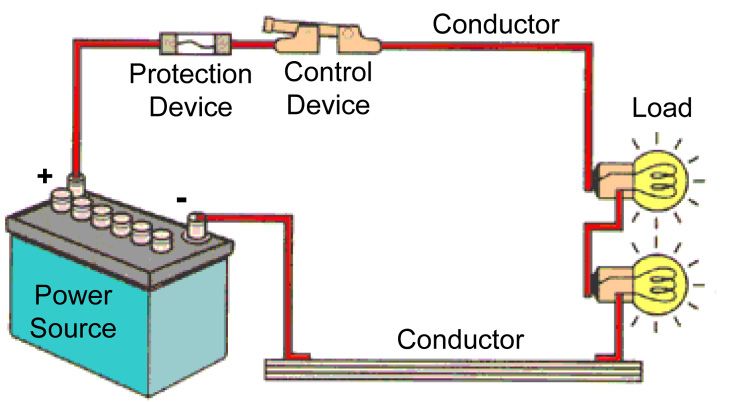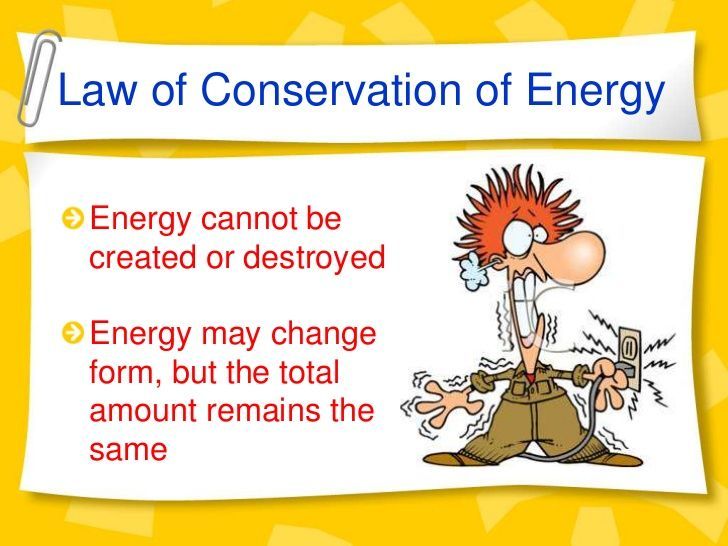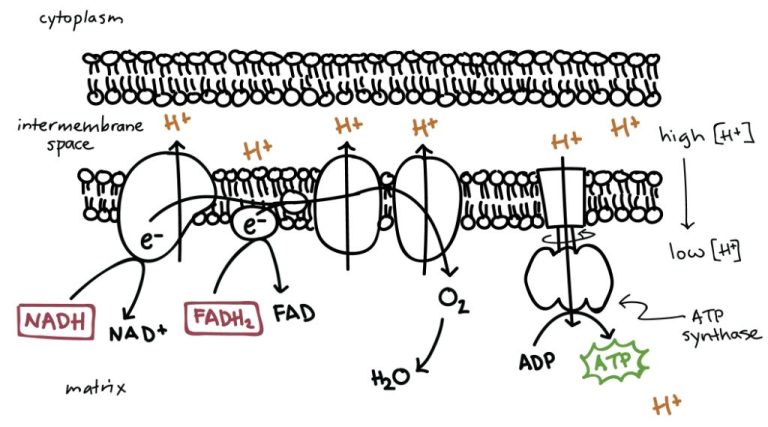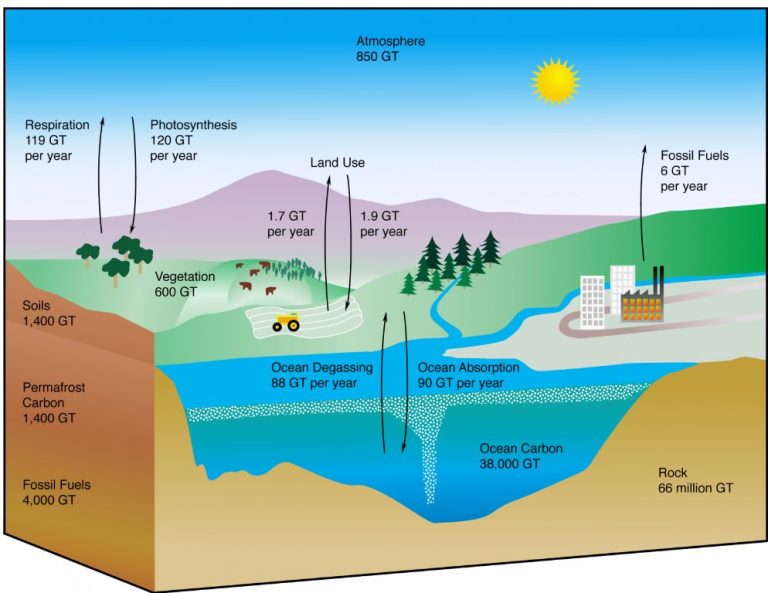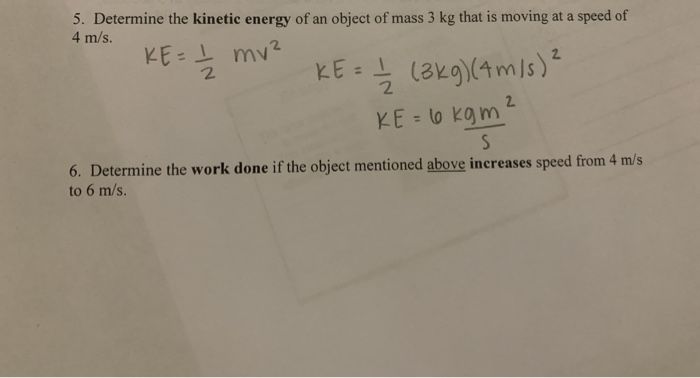How Does A Power Plant Make Electricity?
Power plants are critical facilities that generate electricity for homes, businesses, schools, hospitals and more. They work by converting other energy sources into electrical power that can be transmitted over power lines to meet consumer demand. There are several types of power plants, including those fueled by coal, oil, natural gas, nuclear and renewable sources.
The main components of most power plants include an energy source to produce heat, a turbine and electrical generator to convert the heat into mechanical and then electrical energy, and a cooling system. Despite differences among fuel sources, this process of generating electricity by creating steam to spin turbines is similar across many types of power plants.
Some common types of power plants are coal, natural gas, nuclear and hydropower. Coal power plants burn coal to heat water and produce steam. Natural gas power plants use combustion of natural gas to drive turbine generators. Nuclear power plants split uranium atoms in a controlled chain reaction to heat water. Hydropower plants use flowing water from a dam or reservoir to spin turbine blades.
Fuel Sources
Power plants require an energy source to boil water and produce steam that drives the turbines to generate electricity. The most common fuel sources for electricity generation are:
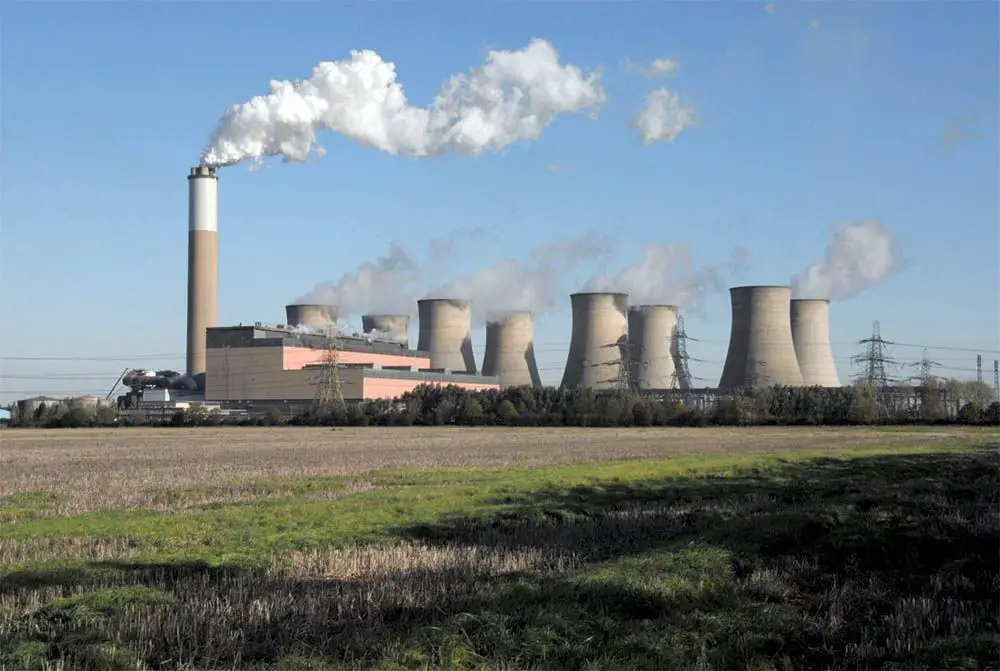
Fossil Fuels – Coal, oil, and natural gas are burned to heat water and convert it into high-pressure steam. Coal provides about 30% of electricity in the U.S. Natural gas accounts for about 35% due to its lower emissions and costs compared to coal. Oil generates less than 5% of U.S. electricity.
Nuclear Power – Nuclear fission splits uranium atoms to produce heat and boil water. Nuclear provides about 20% of U.S. electricity. While nuclear avoids fossil fuel emissions, safety concerns and radioactive waste remain challenges.
Renewables – Hydroelectric dams use flowing water to spin turbines. Wind turns blades on wind turbines. Solar panels convert sunlight into electricity. Biomass from plants or waste is burned to produce steam. Renewables generate around 17% of U.S. electricity and are growing rapidly.
Heat Generation
Power plants generate electricity by first heating water to produce steam. This steam then spins a turbine that activates an electrical generator. There are several ways that power plants heat water:
Fossil Fuel Combustion
In coal, natural gas, and oil power plants, the fossil fuel is burned to produce heat. For example, pulverized coal is blown into a furnace and ignited, generating temperatures up to 1,500°C. This heat from combustion converts water in tubes lining the furnace into high-pressure steam.
Nuclear Fission
In nuclear power plants, a reactor contains uranium fuel rods submerged in water. Nuclear fission reactions in the fuel rods heat the water, producing steam to spin a turbine. Control rods regulate the fission reaction rate and heat output.
Concentrated Solar Power
Solar thermal plants use mirrors to concentrate sunlight. This focused sunlight heats a fluid like oil flowing through pipes or a salt mixture in tanks. The hot fluid then boils water to create steam for the turbine.
Steam Turbines
Steam turbines are an essential component of most power plants. The heart of a steam turbine is a series of blades mounted on a shaft. As high pressure steam from the boiler flows past these blades, it causes the turbine shaft to rotate at high speeds.
This shaft is connected to the rotor of an electrical generator. As the shaft spins, it rotates the magnets inside the generator, which then induces a voltage in the generator’s windings to produce electricity through electromagnetic induction.
The faster the turbine spins, the more electricity that can be generated. Modern steam turbines rotate at speeds up to 3,600 rpm. They operate with tremendous force, often harnessing steam at pressures over 1,000 psi. The pressurized steam causes the turbine blades to spin rapidly, efficiently converting the steam’s thermal energy into rotational kinetic energy.
Optimizing the steam conditions and turbine design is critical for maximizing power output. This technology has steadily improved over the decades to provide reliable and affordable electricity generation.
Electrical Generator
The rotating shaft in the steam turbine connects to the rotor of an electrical generator. The generator uses electromagnetic induction to transform the mechanical rotation into electrical energy. The generator contains coils of wire that rotate inside large magnets. This motion causes the magnetic field to rotate through the coils and induce an alternating current.
Generators produce electricity in the form of alternating current or AC. The frequency of the AC matches the rotational speed of the turbine shaft. Transformers are then used to increase the voltage to the levels required for efficient transmission over power lines.
Transmission
Once electricity is generated, it must be transported or transmitted to the end users. Power plants typically generate electricity at a low voltage. To efficiently transmit electricity over long distances, the voltage needs to be stepped up to high voltage levels. This is done through transformers located at the power plant.
The electricity is then carried via overhead transmission lines made of aluminum conductor steel reinforced (ACSR) cables. Insulators are used to prevent energy loss through the support towers. High voltage transmission lines can transmit electricity hundreds of miles with minimal power loss.
When the electricity approaches the area of consumption, local substations step down the voltage using transformers. The lower voltage electricity is then distributed through distribution lines to homes and businesses in the area.
Environmental Impacts
The generation of electricity can have significant environmental impacts that need to be managed and mitigated. Fossil fuel plants which burn coal, gas or oil produce carbon dioxide and other greenhouse gas emissions that contribute to climate change. Controlling these emissions remains a major challenge. Nuclear power produces radioactive waste that must be securely stored for thousands of years. If released, this waste can have severe health consequences for people and wildlife. Hydropower from dams can flood large areas of land and disrupt ecosystems and wildlife habitats. Dams also change natural water flows with impacts downstream. There are growing concerns about these environmental impacts of electricity generation. Utilities and regulators are working to transition to cleaner sources like solar, wind and geothermal while making existing plants more efficient and installing emission control technologies.
Efficiency Improvements
Modern power plants have implemented various technologies and processes to improve their efficiency and reduce heat waste. Some key advancements include:
Combined Cycle Gas Plants
These plants use both a gas and a steam turbine together to produce up to 50% more electricity from the same fuel. The gas turbine generates electricity while also producing hot exhaust that is used to make steam for the steam turbine.
Cogeneration/CHP
Also called combined heat and power, this approach captures heat that would normally be wasted and uses it for heating or industrial purposes, increasing overall efficiency to over 80%.
Lower Heat Rates
Upgrades like advanced materials, sensors, and digital controls have steadily reduced the amount of fuel needed per unit of electricity generated. The average heat rate of coal plants in the U.S. has dropped nearly 25% since the 1960s.
Smart Grid Technology
Modern power grids are evolving into smart grids through the integration of digital monitoring, control, communication, and self-healing technologies. Smart grids allow for real-time monitoring of electricity flow across the transmission and distribution system, enabling grid operators to quickly detect and respond to issues. Sophisticated sensors, intelligent devices, and analytics software help optimize the balance of supply and demand on the grid.
Smart grids also enable better integration of renewable energy sources like solar and wind power. The variable and intermittent nature of renewables can cause stability issues on traditional grids. Smart grid technology smooths out these fluctuations through updated forecasting, rapid load balancing, energy storage solutions, and innovative rate designs.
Overall, smart grids increase the flexibility, efficiency, reliability, and sustainability of power delivery. The two-way flow of electricity and data allows for an automated and self-healing grid that can quickly adapt to changes in demand, supply disruptions, and shifting renewable generation. As more homes, businesses and utilities transition to smart grid capabilities, electricity delivery is becoming more responsive, resilient and greener.
Future Outlook
The future of electricity generation is moving towards more renewable sources like solar and wind. Many older coal and nuclear plants are being retired and replaced with renewable energy. There is also a shift towards more decentralized power generation, with rooftop solar panels, community solar farms, and microgrids becoming more common.
The costs of renewables like solar and wind have fallen dramatically in recent years, making them increasingly competitive with fossil fuels. Many experts expect renewables to supply 50% or more of electricity generation by 2050. This transition will help mitigate climate change by reducing greenhouse gas emissions from the power sector.
However, integrating large amounts of variable renewable energy presents grid management challenges. Solutions include improved forecasting of renewable output, energy storage, smarter grids, and demand response technology to better match supply and demand. Overall, the electricity system is evolving to be cleaner, more distributed, and responsive to digital management.

